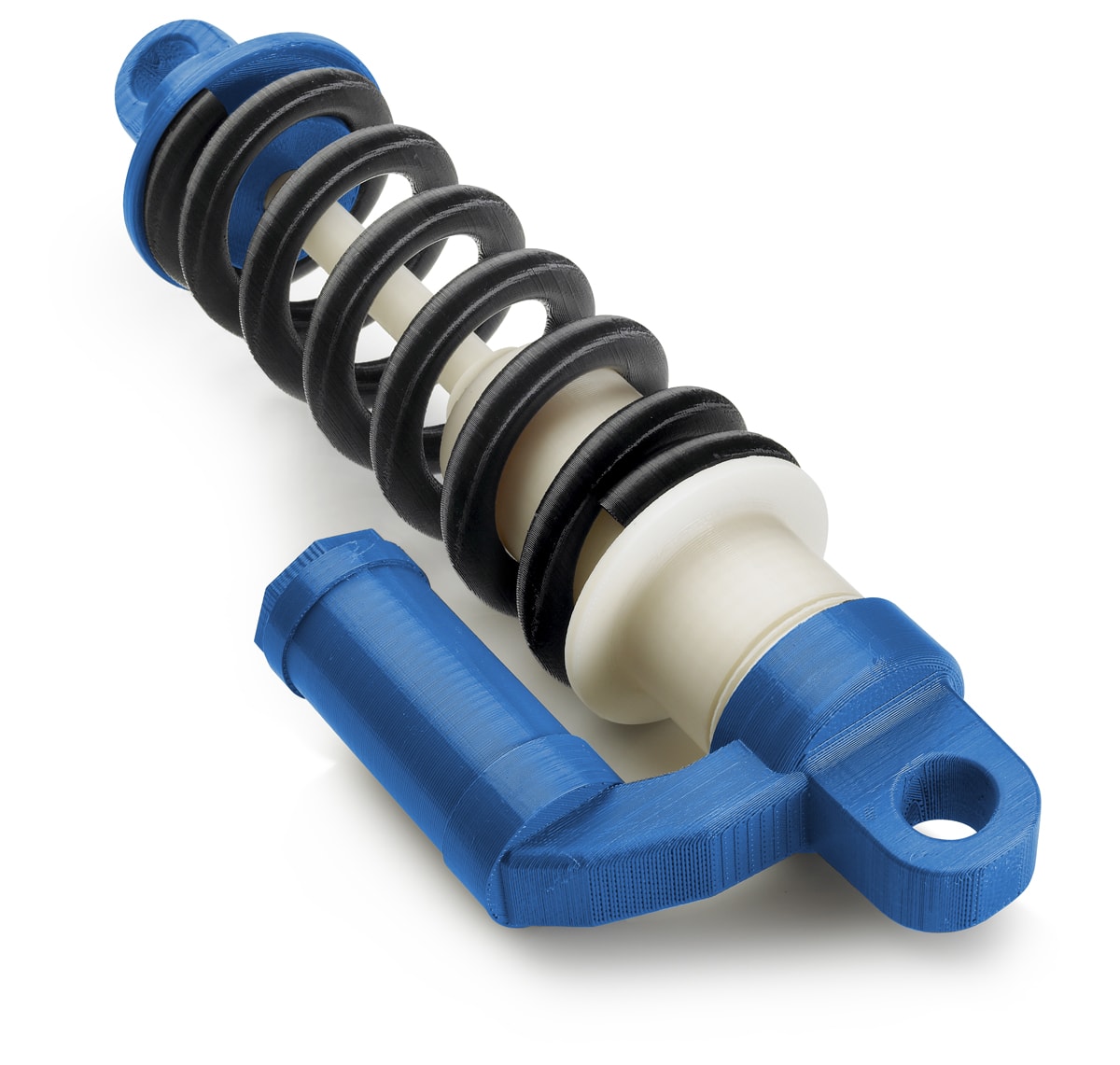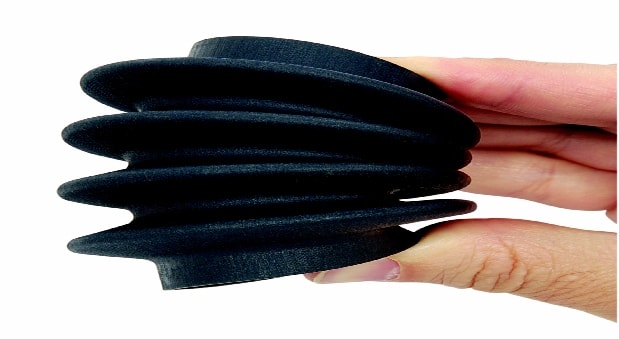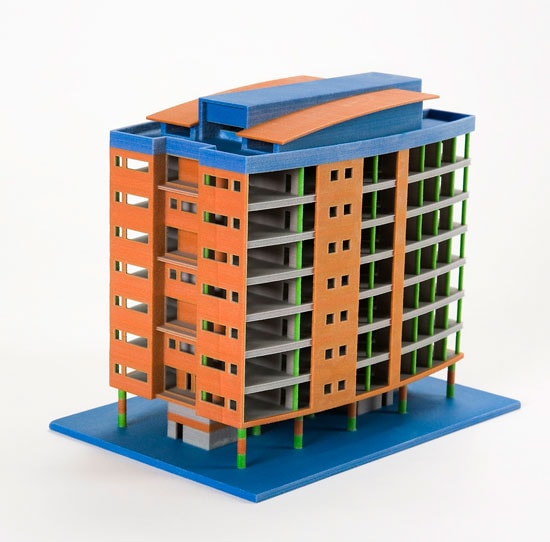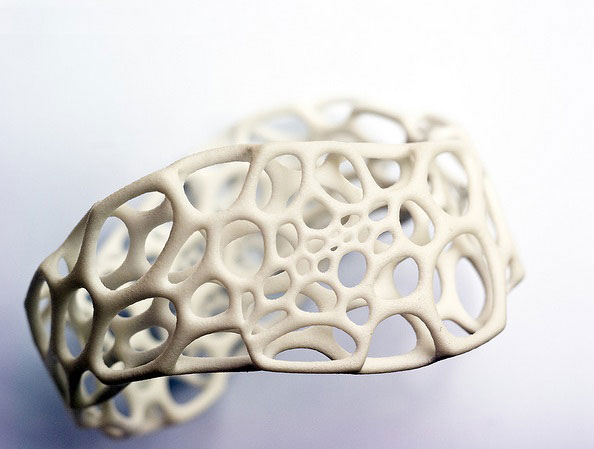Rapid prototyping systems produce plastic models with different methods by using 3D CAD data (in STL file format). These systems can be assessed according to different criteria. The main criteria are dimensional precision, repeatability, resolution, surface quality and functionality.
Dimensional precision is particularly important for research and development practices. The prototypes built to check the compatibility among components may be problematic even though 3D design is carried out accurately. This mainly happens when the 3D printer is not of industrial quality.
Tulga uses industrial systems that meet the standards in its shop floor. You will see the difference in our rapid prototyping outputs when you check the parts with caliper.
FDM (Fused Deposition Modeling): FDM is the process of creating the product layer by layer from thermoplastic material. Due to its production technique and the materials used, it is preferred in many sectors. The most important feature of this technique is that single or multi component co-operative plastic product assemblies as can be produced in one round.
Durability, dimensional stability, and heat resistance are the advantages of FDM. But it should not be used for small scales (<1 mm) and for products that require high resolution.

POLYJET: The most important feature of the POLYJET technology is the product printouts are of high resolution. It should be preferred for models with fine details. It rarely necessitates additional treatments after modelling due to its high surface quality. It is not suitable for products functioning in external environments (i.e for parts that are supposed to resist heat, cold, humidity etc. variations) and long term uses.

3DP (3D Printing): 3DP method is based on building up layers one on another by spraying adhesive onto the specific areas of modelling material powder staying on a flat table within powder bed. The most important feature of this technology is its very high speed of production. It should be preferred particularly for non- functional (non-co- operative) visual parts. Another distinctive feature of 3D printing is that it is capable of printing in multicolor. Due to its extreme fragility, it should not be preferred for parts that might be exposed to impact and parts that need flexible clip.

SLS (Selective Laser Sintering): The SLS Method is based on building up of layers which are formed by projecting laser beams onto model material particles on a flat table. The most important feature of this technology is that it provides flexibility even on very thin walls. It is thus suitable for models with high resolution and thin walls. In some cases, there may be dimensional deviations in the part due to the production technique. The overall process is longer as the post-production cooling and cleaning phases take time.
